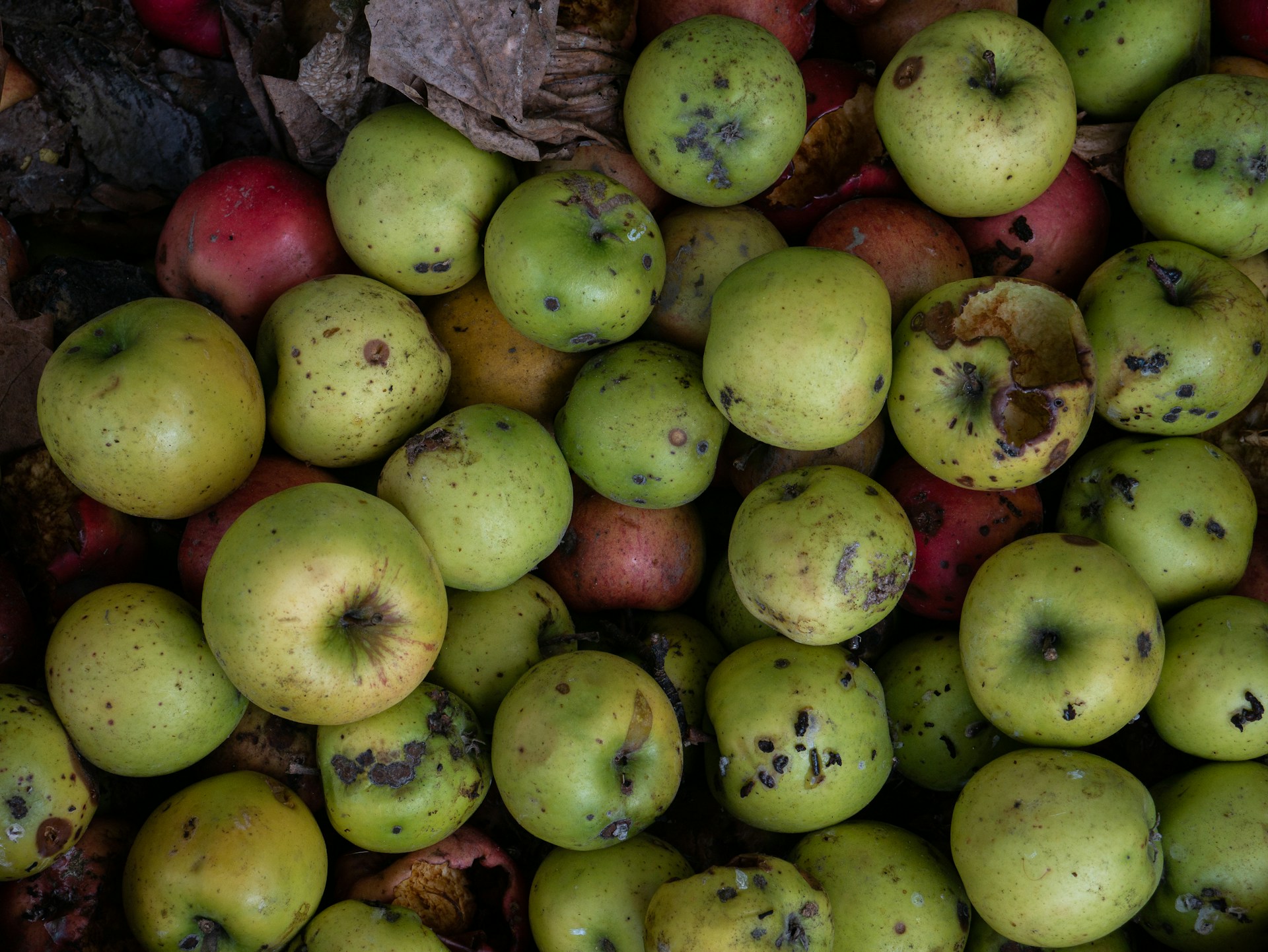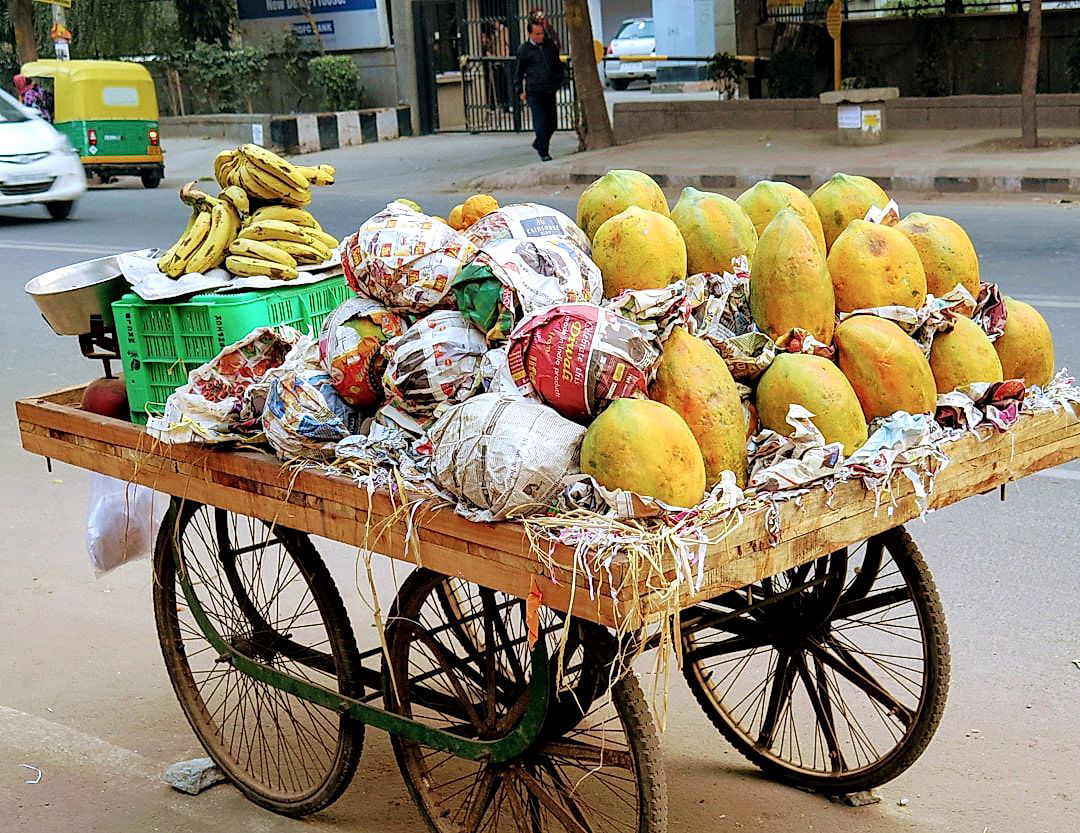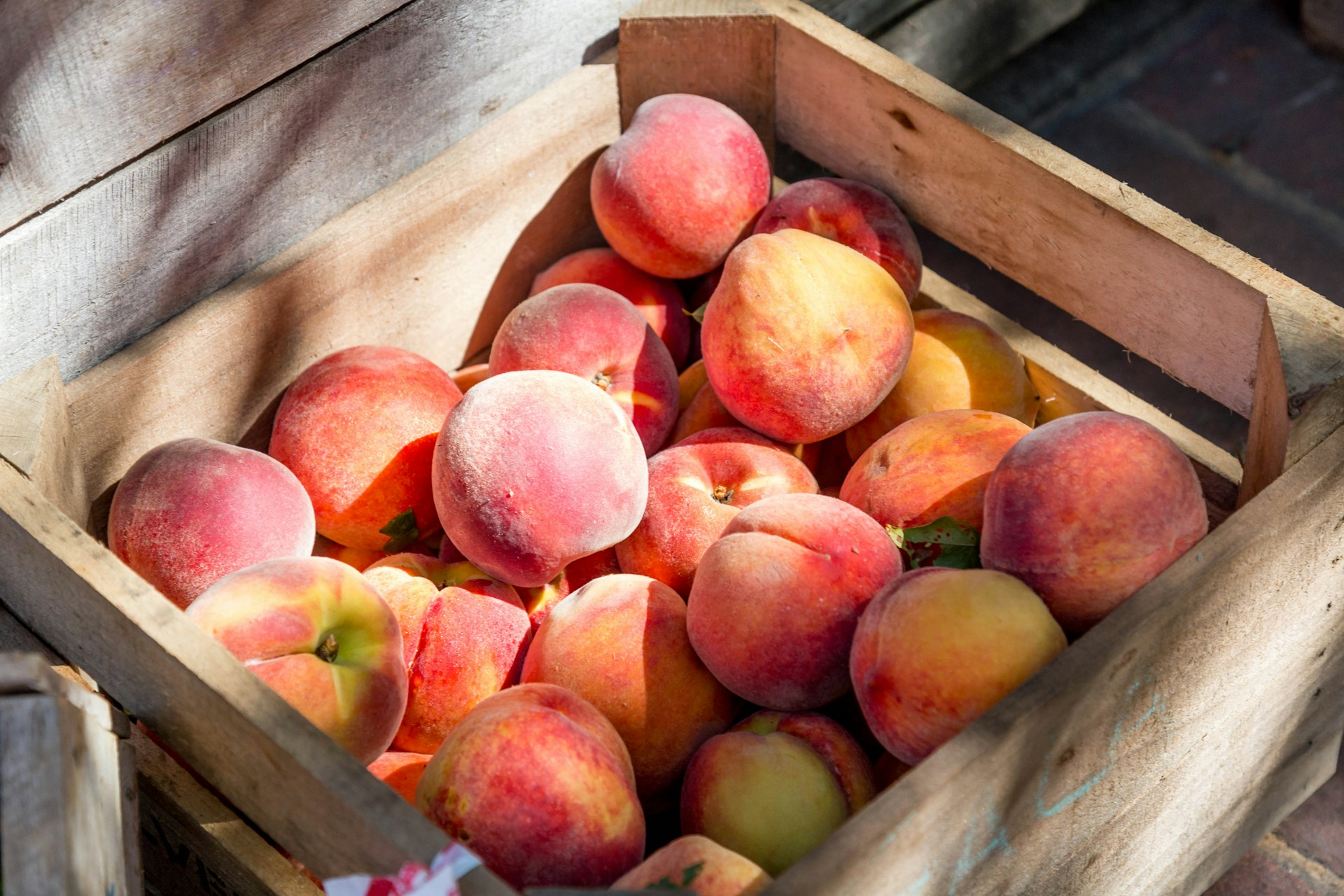The safety challenges associated with produce packing are vast and varied.
From maintaining rigorous hygiene standards to mitigating the risk of physical injuries, there are numerous aspects that need to be carefully addressed to ensure the overall well-being of both the workforce and the consumers.
Against the backdrop of increased consumer expectations and strict regulatory requirements, it becomes even more paramount that industry stakeholders institute robust measures to shield against such hazards.
This article seeks to unravel those measures that are deemed crucial in safeguarding against potential risks in produce packing.
The focus will be on presenting practical and effective steps, underscored by industry best practices and expert insights.
It is envisaged that the insights herein will resonate with those actively involved in this sector as we delve into this pressing topic.
Contents
Key Measures To Protect Against Produce Packing Hazards
1. Regularly sanitize all packing equipment
The first key measure in protecting against produce packing hazards is to regularly sanitize all packing equipment.
Sanitization plays a crucial role in reducing the risk of contamination in packed produce.
It is much like preparing a fresh canvas for every batch of produce, ensuring that there are no lingering elements from previous batches that could harm the next.
Sanitization also minimizes the potential for cross-contamination among different types of produce.
This process involves cleaning all the surfaces which come into contact with the produce and its packing materials, including conveyor belts, containers, and packing tools.
The most common method used in cleaning packing equipment is the use of food-grade sanitizing agents.
These agents are effective in eliminating bacteria, viruses, fungi, and other micro-organisms that could be harmful to the produce.
Apart from using sanitizing agents, equipment can also be sanitized through other methods such as steam cleaning, dry heat, or radiation.
Companies must ensure that they follow the guidelines and recommendations provided by health and safety authorities regarding the sanitization of equipment.
These guidelines might include the frequency of sanitization, types of sanitizing agent that can be used, or the procedure for proper sanitization.
Regular sanitization not only results in a safer product but also crucially maintains the quality and longevity of the produce.
It is important to note that, while sanitization reduces the risk of microbial contamination, it should be followed up with proper storage conditions to keep the produce safe from environmental hazards.
This involves ensuring that the produce is stored at the correct temperature and humidity levels and avoiding exposure to contaminants after packing.
Great care must be taken to ensure that the packing equipment is thoroughly dried after sanitization to prevent moisture-based microbial growth.
If regularly implemented, sanitization can be a highly effective tool in upholding the safety and quality of packed produce.
Through sanitizing all packing equipment, companies can not only ensure the safety of their consumers but also maintain their reputation in the market for offering safe and high-quality produce.
This underlines the importance of maintaining a stringent sanitization protocol as a part of any company’s routine operations.
2. Implement Proper Worker Hygiene Training
Proper worker hygiene training is a critical measure in protecting against the hazards associated with produce packing.
It is essential to understand that the workers in the packing process are the first line of defense against potential contamination.
Training programs should focus on personal hygiene, proper handling of produce, and the importance of maintaining clean workstations.
The responsibility of ensuring proper hygiene practices rests within the management and should be a priority in every packing facility.
Workers need to understand the role they play in ensuring the safety of the produce they pack, and the potential impact on consumers’ health if they do not adhere to hygiene standards.
One way of ensuring adherence is by introducing mandatory hygiene training for all workers irrespective of their roles in the process.
This training should be updated and conducted regularly to account for any changes in safety standards or procedures.
In addition to providing general guidelines, training should be tailored to address specific hazards in the produce packing process.
For example, workers dealing with fresh vegetables may need extra training on eliminating soil-borne pathogens.
Effective worker hygiene training also includes procedures for illness reporting.
Workers who are ill should understand the risks they pose to the packing process and the importance of staying home when sick.
It is equally important that workers are adept in the proper use of protective wear, as this can also reduce potential contamination.
An effective hygiene training program must be ongoing and reinforced through regular refresher courses.
Lastly, it is important for management to monitor and evaluate the effectiveness of the hygiene training, making necessary changes as needed.
Through the proper implementation of worker hygiene training, the risks associated with produce packing can be substantially minimized.
Clearly, proper worker hygiene training is much more than a regulatory requirement; it is a crucial component in maintaining the integrity and safety of the produce packing process.
3. Enforce use of protective wear
When considering how to protect against hazards in produce packing, one of the key measures that should be implemented is the enforcement of the use of protective wear.
Enforcing this can directly reduce the risk of accidents and cross-contamination that can occur during the packing process.
In fact, wearing proper protective gear can go a long way toward maintaining the overall safety and health of employees while contributing to the safety and cleanliness of the produce being packed.
One particular advantage of having your workers wear protective gear is that it provides a physical barrier between potential contaminants and the produce, thereby maintaining the quality of the food items being packed.
The use of protective wear isn’t limited to just gloves or hairnets – it can extend to other items such as face masks, aprons, and even protective footwear.
It’s essential for workers to understand the significance of each item and how it contributes to maintaining a safe and hazard-free working environment.
For instance, gloves can prevent direct contact with the produce, thereby reducing the risk of microbial contamination.
Hairnets and face masks, on the other hand, can prevent stray hair or sweat from contaminating the food items – a crucial measure especially when performing tasks that require leaning over the produce.
Aprons can provide an added layer of protection, preventing the direct contact of workers’ clothes – which may carry unwanted bacteria or allergens – with the produce.
Furthermore, safety boots or shoes can protect workers’ feet from accidental slips or falls, besides preventing any dirt or detritus from their shoes contaminating the packing area.
However, simply providing these protective gears isn’t enough – it’s crucial to ensure that all workers are properly trained on how to use them.
Regular checks should be carried out to ascertain that all protective gears are in good condition and are being used correctly.
Correct use involves regular replacement or proper cleaning of the protective gears to ensure they remain effective in preventing contamination.
In addition, attention should be paid towards accommodating all workers by providing all necessary sizes – workers are more likely to wear correctly fitting protective gear, thereby enhancing their comfort and safety at work.
To summarize, enforcing the use of protective wear is an essential measure to ensure safety in produce packing, both for the workers and the food items being handled.
Not only does it guard against physical hazards, but it also plays a crucial role in maintaining the hygiene and quality of the produce, thereby playing a part in preventing foodborne illnesses and ensuring the consumers’ wellbeing.
4. Maintain a Pest-Free Environment
Keeping a pest-free environment is, without a doubt, one of the critical measures in protecting against hazards in produce packing.
The presence of pests, such as insects, rodents, and birds, can introduce dangerous contaminants into the packing environment leading to severe foodborne illnesses.
Thus, pest control must be a primordial concern for all produce packing operations.
Pests not only compromise the integrity of the produce, but their droppings, urine, and even their carcasses can be a source of harmful pathogens.
Considering this, produce packing facilities have the urgent responsibility to enforce stringent pest control measures.
Exclusion and sanitation are the first steps in maintaining a pest-free environment.
To achieve this, potential entry points for pests, such as gaps, holes, doors, and windows, should be seamlessly sealed.
Simultaneously, the facility should be kept impeccably clean, as pests are generally attracted to locations where they can find food and water.
An integrated pest management (IPM) program should be adopted, which includes pest monitoring, employing preventative measures, and use of pest control treatments.
Regular inspections by trained professionals are critical in any IPM program.
During such inspections, the presence of pests can be identified, after which, pest control professionals can take the adequate steps to eradicate them and prevent further infestations.
Beyond immediate pest control measures, ongoing monitoring and documentation are also essential.
Not only does this allow for better control of possible re-infestations, but it also serves as a resource for potential audits by food safety authorities.
Maintaining a pest-free environment is indeed a vigilant and ongoing task, but it is an obligation that cannot be overlooked for safeguarding protect health and safety.
While keeping a pest-free environment can be challenging, it is not impossible; with diligent practice, regular monitoring, and professional advice, it can certainly be achieved.
Moreover, promoting a stronger culture of safety and hygiene amongst the workers will make it a team responsibility to maintain a clean and pest-free work environment.
5. Regularly conduct safety inspections
One of the most pivotal responsibilities in upholding produce safety standards is to regularly conduct safety inspections.
These inspections should be meticulous, thorough, and cover every aspect of the produce packing process.
The objective of these inspections is to identify potential hazards and to ensure that all equipment is in good working order.
Comprehensive safety inspections are the cornerstone of any successful produce packing company, acting as the crucial line of defense against potential hazards.
These inspections should include checking the functionality of packing equipment, examining the cleanliness of the work environment, and assessing staff adherence to hygiene protocols.
Moreover, slight glitches in packing equipment, unnoticed to the untrained eye, can lead to severe consequences if left unchecked.
Therefore, ensuring that machinery is not only working, but operating at optimal efficiency is integral to maintaining produce safety standards.
Next, the cleanliness of the packing environment plays a significant role in preventing cross-contamination between produce items.
A dirty work environment can also create a breeding ground for pests, posing another potential threat to the safety of produce.
As such, a regular check on cleanliness standards within the packing area is an essential part of safety inspections.
Furthermore, staff adherence to hygiene protocols drastically influences the safety of packed produce.
Staff who are sloppy in adhering to these protocols could inadvertently introduce hazards into the packing process.
Therefore, safety inspections should always check for, and reinforce, adherence to these protocols and standards.
In conducting these regular safety inspections, the packing company is able to promptly identify and correct any potential hazards.
This not only maintains the integrity of the produce, but also upholds the company’s reputation for safety and hygiene.
Ultimately, the key to maintaining a safe produce packing environment is not only in the implementation of safety measures but in the regular, thorough inspection and enforcement of these measures.
The Bottom Line
Ensuring the safety and cleanliness of the food processing environment is of utmost importance.
By regularly sanitizing packing equipment, bolstering workers’ hygiene practices, enforcing the use of protective gear, maintaining a pest-free environment, and conducting routine safety inspections, we can significantly minimize the risk of contamination or disease spread.
These steps not only safeguard public health but also reinforce customer trust in products and overall brand reputation.




